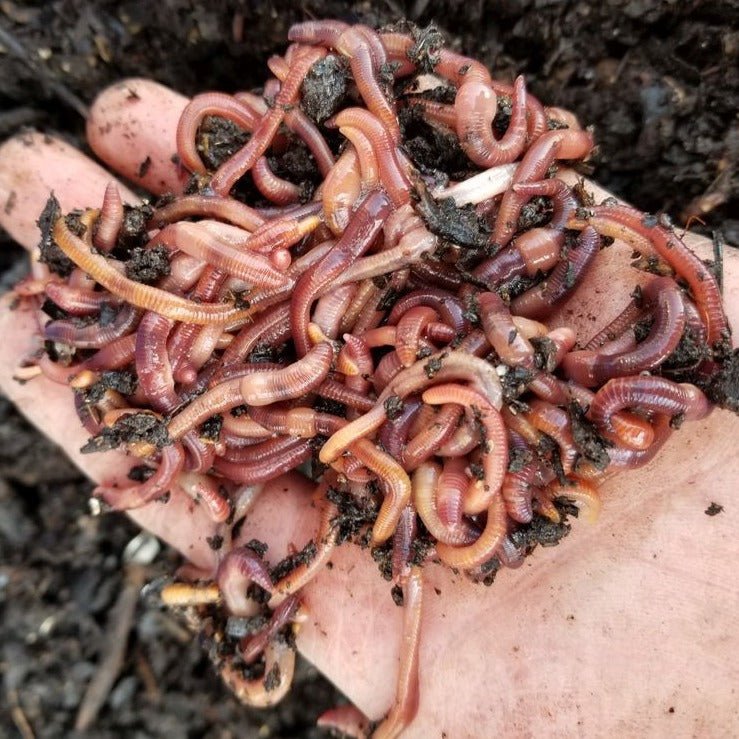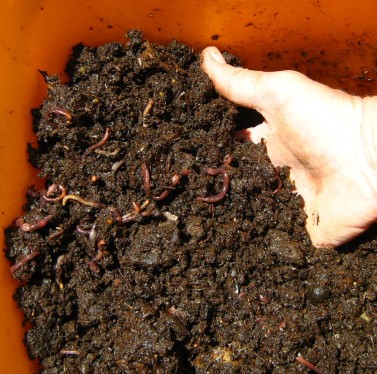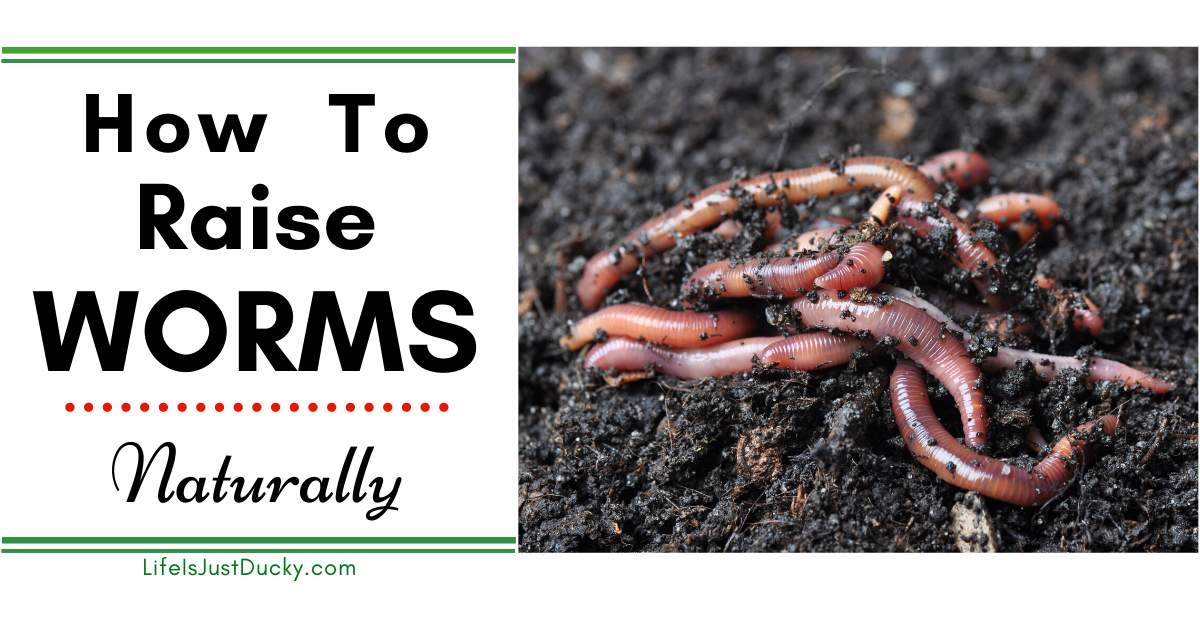Transform Your Waste with Red Wiggler Composting: A Full Beginner's Overview
Transform Your Waste with Red Wiggler Composting: A Full Beginner's Overview
Blog Article
Harnessing the Power of Red Wiggler Composting: An Extensive Take A Look At the Environmental and Agricultural Benefits of This All-natural Waste Decrease Approach
The technique of red wiggler composting stands for a compelling junction of ecological stewardship and agricultural development, providing a lasting remedy to the expanding difficulties of waste monitoring and dirt destruction. Via the natural process of vermicomposting, organic waste is transformed right into a useful resource that not only improves dirt however likewise adds to a significant decrease in garbage dump contributions and greenhouse gas emissions. As we explore the multifaceted benefits of this approach, we uncover exactly how it can reshape agricultural methods and advertise environmental awareness, motivating a closer assessment of its potential impact on our ecological communities and neighborhoods.
What Are Red Wiggler Worms?
Red wiggler worms, medically understood as Eisenia fetida, are a species of earthworm specifically adjusted for composting and natural waste malfunction. These worms prosper in the nutrient-rich environment of decomposing organic matter, making them excellent for vermicomposting systems. Expanding to a size of approximately 3 to 4 inches, red wigglers are identified by their reddish-brown pigmentation and distinctive banding patterns along their bodies.
Unlike other earthworm species, red wigglers choose to populate the top layers of dirt and natural particles, where oxygen degrees are greater and food resources are abundant. Their physical adjustments enable them to refine organic materials successfully; they have a well-developed digestion system that enables them to convert waste into nutrient-rich spreadings, commonly described as "black gold" in gardening and agricultural contexts.
Eisenia fetida plays a vital role in the environment by promoting the disintegration procedure, boosting soil structure, and advertising microbial task. Provided their one-of-a-kind qualities and environmental significance, red wiggler worms have ended up being a main element in sustainable waste management techniques and organic gardening efforts, adding significantly to environmental wellness.
Benefits for Soil Health
The inclusion of red wiggler worms in composting systems offers substantial advantages for soil health. These worms play an important function in the decomposition process, breaking down raw material right into nutrient-rich vermicompost. This natural plant food enhances soil oygenation, water, and structure retention, adding to a much more desirable environment for plant development.
Vermicompost is rich in necessary nutrients such as nitrogen, phosphorus, and potassium, which are crucial for plant advancement (Red Wiggler Composting). The presence of advantageous bacteria in vermicompost further advertises soil wellness by enhancing nutrition availability and subduing soil-borne microorganisms. This dynamic interaction cultivates a robust dirt community that sustains sustainable agricultural practices
In addition, red wigglers help with the formation of humus, a steady natural matter that improves dirt fertility and strength. This enhanced organic material not just improves dirt structure however also enhances its capacity to withdraw carbon, minimizing climate adjustment impacts.
Incorporating red wiggler composting right into farming systems can, therefore, bring about healthier soils, greater crop returns, and boosted sustainability. Because of this, welcoming this all-natural waste reduction approach can generate extensive benefits for both the setting and agricultural productivity.
Impact on Waste Reduction
Including red wiggler worms right into composting systems significantly decreases waste, transforming natural products that would certainly otherwise add to landfills into beneficial compost. This technique, referred to as vermicomposting, successfully refines kitchen area scraps, lawn waste, and various other naturally degradable products, leading to a considerable decline in the quantity of waste sent out to landfills. According to the Epa, natural waste makes up a significant portion of landfill materials, creating hazardous greenhouse gases as it disintegrates anaerobically.
By using red wigglers, a highly reliable composting representative, organizations and houses can divert a substantial amount of natural waste from these landfills. Each pound of red wigglers can refine and take in concerning half a pound of natural waste daily, causing an impressive decrease in general waste generation.
Moreover, the application of vermicomposting supports neighborhood waste administration initiatives and promotes a round economic situation, in which waste is transformed into a source. As neighborhoods progressively embrace this method, the advancing result on waste reduction becomes evident, cultivating a much more sustainable environment and motivating liable waste management techniques. Welcoming red wiggler composting not just alleviates waste concerns however also boosts area awareness concerning sustainable living.
Enhancing Agricultural Practices
Utilizing red wiggler worms in agricultural methods can significantly improve soil wellness and crop performance. These worms play an important role in the composting procedure, breaking down natural matter into nutrient-rich vermicompost. This all-natural fertilizer boosts dirt structure, water, and oygenation retention, which are crucial for durable plant development.
Additionally, the spreadings generated by red wigglers are abundant in important nutrients, such as potassium, phosphorus, and nitrogen, promoting healthier crops with higher returns. The microbial task boosted by these worms likewise contributes to a growing soil ecological community, enhancing biodiversity and resilience versus pests and diseases.

Additionally, making use of vermicompost can improve dirt pH levels, making nutrients more available to plants. Red Wiggler Composting. As an outcome, farmers can grow healthier crops while all at once adding to soil conservation efforts, ultimately producing a more lasting agricultural future
Getting Going With Composting
The dig this key component in red wiggler composting is natural waste, which can include cooking area scraps, lawn waste, and paper items. This equilibrium cultivates an ideal atmosphere for red wigglers, which are the vital microorganisms in this composting approach.
Picking a proper composting system is similarly essential. Worm containers can be made for indoor or outdoor usage, and they should provide ample drainage and oygenation. It is suggested to begin with a small number of worms-- approximately one pound of red wigglers for every one extra pound of waste generated once a week.

Final Thought

The technique of red wiggler composting stands for an engaging junction of environmental stewardship and farming advancement, providing a sustainable remedy to the growing difficulties of waste monitoring and soil deterioration.Moreover, the application of vermicomposting assistances local waste monitoring efforts and advertises a circular economy, in which waste is transformed into a resource. As communities progressively adopt this method, the advancing effect on waste reduction becomes evident, fostering a more lasting environment and motivating liable waste management practices. The main ingredient in red wiggler composting is organic waste, which can consist of cooking more info here area scraps, backyard waste, and paper products.In recap, red wiggler composting offers a sustainable service for natural waste monitoring, generating nutrient-rich vermicompost that dramatically boosts dirt wellness.
Report this page